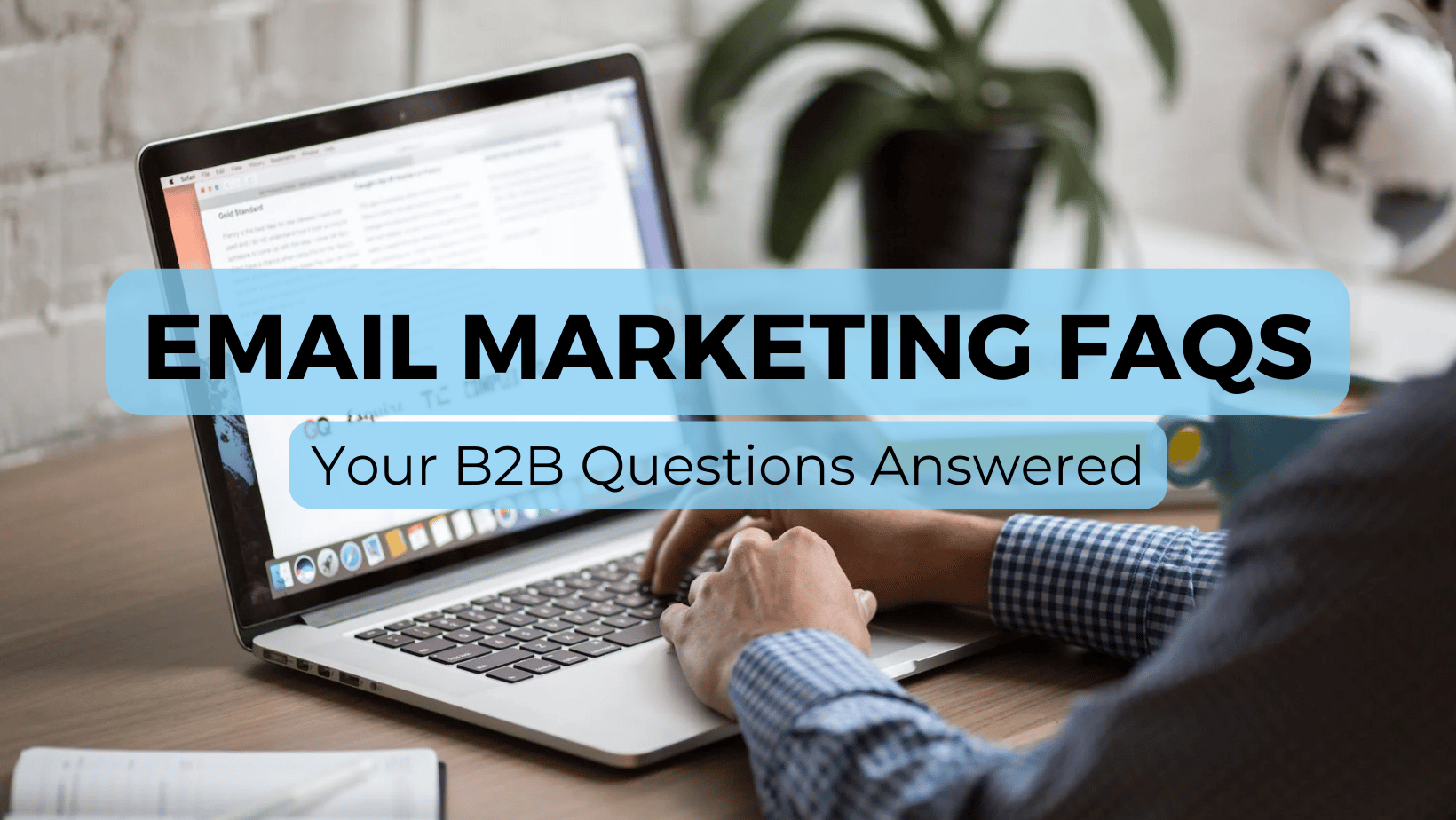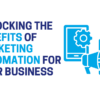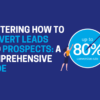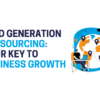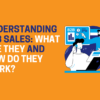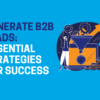Email Marketing FAQs: Your B2B Questions Answered
We’ve sent a fair few emails in our time on behalf of clients, so we’re frequently receiving questions regarding the ins and outs of email marketing. With a decade of marketing experience, it’s only right that we share some of that wisdom (and reduce how much we have to repeat ourselves!). In today’s blog we’ve compiled some of the email marketing FAQs we so often receive.
Is email marketing still effective? How many emails is too many emails? How do you track the performance of your email marketing? Read on for the answers to all these questions and more.
Looking for digital marketing services? Request a callback today!
Email Marketing FAQs: Is Email Still Effective?
These days, email marketing is quite often overlooked for newer tech. But while the potential for marketing strategies is constantly expanding, email is still an effective tool for most businesses’ marketing arsenals. And it doesn’t hurt that it tends to be pretty simple, especially compared to more recent tools. Any digital marketing strategy can benefit from good old fashioned emails.
The main reason email marketing continues to be so effective is that you can be extremely specific with your targeting. If you’re using an email tool like Mailchimp, you can segment your email lists into a variety of different demographics, interests, jobs, companies, locations, and more. You also have the option to personalise your emails depending on who will be receiving them. This is where a B2B marketing agency (such as- off the top of our heads- The Lead Generation Company!) would be massively beneficial to the growth of your business.
We’ve spent years experimenting with email personalisation. We know what works, and what gets conversions. It helps that we’ve also been writing marketing emails for several years, so we know how best to fine tune the tone and voice of emails to suit specific audiences.
Email marketing boosts brand recognition, and (if you’re doing it right!) boosts conversion rates. It’s cost effective, easily measurable (mainly through open rates and click-through rates), and is an ideal way to communicate directly with your audience.
So, is email marketing dead? No! It’s frankly thriving. And with the help of The Lead Generation Company, your business could be, too.
What Should I Avoid When Marketing Through Email?
We’ve experienced all the ups and downs that email marketing has to offer, and we’re as well versed in what not to do as we are in what… uh, to do. Let’s take a quick look at the Don’t pile.
When email marketing, you should refrain from…
- Purchasing email lists from illegitimate sources. It may seem like a way to fast track your brand awareness, but you won’t just be facing quality issues- you could be facing legal trouble, as well. Here at The Lead Generation Company (TLGC), we can provide you with legitimate, targeted data for your email marketing campaign, taking the hassle off your hands to provide you with solid results.
- Using misleading subject lines. It’s all well and good to get creative with your subject lines- in some cases, it’ll net you the best results- but there’s a fine line between creative and outright lying. Even just speaking generally, you shouldn’t underestimate the importance of your subject line. It’s just as crucial, if not more crucial, than the content of your email, because your audience isn’t even going to read that content if the subject line hasn’t encouraged them to click.
- Ignoring the reports from your email delivery platform. They exist for a reason!
- Overwhelming your audience with too many emails. Regardless of how open your audience is to hearing from you, everyone has a limit. More on this later.
- Not optimising for other devices. Think of how many emails you open on your phone. Quite a few, right? Well, most of your audience will relate, but they’re unlikely to give your emails the time of day if the formatting hasn’t been optimised for mobile devices.
- Looking like you’re spam. There’s a lot to this one, so it mostly comes from experience (or letting an agency take care of it for you!). There are a ton of things that email platforms might flag as spam, including certain words or phrases, punctuation, and too many links.
- Writing long emails. It doesn’t matter how important you deem all of your copy- if it’s much more than 100 words, your audience will probably stop reading long before the call to action.
- Messing up your personalisation. At some point in your life, you’ve probably received an email that began with something like, ‘Hi *|FNAME|*’. What happened there? They messed up their merge tags! Not a great look.
What are the Benefits of Email Marketing?
There are a range of benefits to B2B email marketing. Your campaigns can be as targeted as you want, allowing you to promote specific products or services to specific demographics, invite certain segments of your audience to events, and so on.
It’s also a very measurable strategy. The Lead Generation Company can look at the results of your email campaigns and tell you exactly what’s working and what’s not working.

How Do I Grow my Email List?
You can’t have a successful email marketing campaign without the right email list. Naturally, you’re going to want to be emailing past customers, current customers, and potential customers.
Choosing who you’re sending your emails to shouldn’t be a guessing game. Make sure the only businesses receiving your emails are ones that will actually be interested in what you have to say, and that they could genuinely benefit from your product or service.
Like we mentioned earlier: TLGC are experts at finding your audience, and tailoring your emails to them. But to give yourself a head start, make sure your online material provides your audience with plenty of ways to sign up for your emails. This is where having a regular newsletter can come in handy.
Email Marketing FAQs: What Kind of Content Should My Emails Consist Of?
When it comes to what’s actually in the emails, it largely depends on the nature of the product or service that you’re trying to sell. But, as we mentioned earlier, concise is usually the best option.
Don’t overload your email with a bunch of graphics, links, and attachments. Not only is this more likely to get flagged as spam, but even if it does make it into your audience’s inboxes, it’s going to take far longer to load once they open it. And if that loading time is more than a couple of seconds, their patience will wear thin fast, meaning that while you’ve netted yourself a click, you’ve ultimately wasted it.

How Many Emails is Too Many?
Another of our email marketing FAQs is the number of emails that constitutes too many. There’s a few golden rules when it comes to how much is too much. Generally, the absolute maximum number of emails you should be sending to your audience is once a week, but even one email a week might get overwhelming if there’s never any pauses, or if the messaging is always the same.
At The Lead Generation Company, we can not only see the performance of your emails in detail, but we can also tell you whether tweaks to your strategy are required. If you’re getting a noticeable number of unsubscribes, for example, that could mean that you should be lessening the number of emails you’re sending per month.

How Do You Track the Performance of an Email Marketing Campaign?
Results don’t mean much if you’re not doing anything with them. Depending on the email platform you’re using, your statistics should give you a reasonable idea of what’s working and what’s not working. So, what are those statistics?
Open rate: This is the percentage of your audience who opened the email (if it reached their inbox). It’s not much good having great content if your subject lines aren’t getting opens. It’s naturally quite a bit trickier to get high open rates in B2B marketing (far harder to just hit them with ‘here’s some free stuff’!), but you should still be aiming for around 20 to 25% open rates.
Click through rate: This is the percentage of people who clicked on a link within your email. This is where it helps to have something of value linked in your email, like a case study or an informational blog post. This will usually get more clicks than simply a link to your website.
Unsubscribes: This, as we previously mentioned, is the number of people who have unsubscribed from receiving your emails. If you’re getting a lot of unsubscribes, you’ll likely need to rethink either your strategy, your content, the people you’re targeting, or all three. You won’t get a clearer indicator that you’re doing something wrong than a lot of unsubscribes.

How Does A/B Testing Work?
A/B Testing is one of the best ways to find out what your audience actually responds to. The best example of this, of course, is A/B testing subject lines. Say you send half of your audience an email with one subject line, and you send the same email to the other half of your audience but with a different subject line. If one of those subject lines gets a far higher open rate than the other subject line, then that’s probably the direction you should be going for.
It’s not just subject lines you can A/B test, though. There’s a number of variables you can experiment with: the layout of the email, the personalization, the call to action, the images, as well as the time that you’re actually sending the email.
Email Marketing FAQs: When Should I Send Marketing Emails?
So, when is the best time to be sending marketing emails to your audience? Unfortunately, there’s not really a single answer to this question. Even when it comes to business to consumer marketing, you’ve probably noticed that the companies whose mailing lists you’re signed up for will rarely enter your inbox at the same time as the rest of those companies. That’s because it really just depends.
Some say weekday mornings before the 9 to 5 work day starts, others say weekdays after 8pm, and others say weekends. But it’s possible that none of these times would result in optimal open rates. When it comes to email marketing, trial and error is often the reality, and the same is true here.

Ryan Whyte is a Director of The Lead Generation Company where he leads a team of B2B telemarketers to deliver high-quality leads for clients. With a strong background in campaign management and a focus on driving results, Ryan is dedicated to optimising strategies that maximise client success in B2B lead generation.






